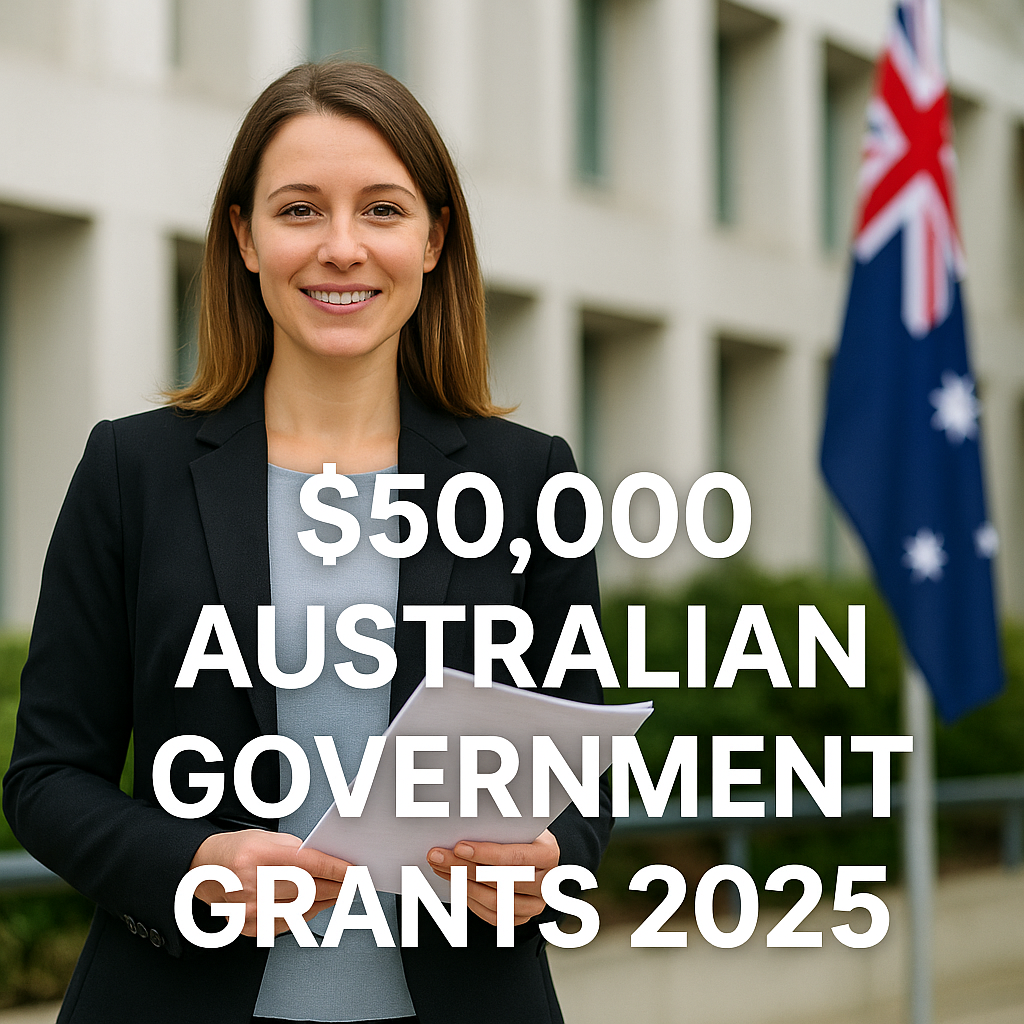For thousands of people every year, Australia is more than a dream destination—it’s a place to study, work, and start a new life. The country’s skilled worker programs, world-class universities, and strong job market make it one of the most attractive countries for migration. But while many apply with high hopes, a surprising number of applications are refused.
The Department of Home Affairs is very strict when reviewing visa applications. Even small mistakes can result in rejection. These errors can cost you money, delay your plans, and in some cases, even affect your chances of applying again.
The good news is that most of these mistakes are avoidable. By understanding the common reasons for rejection and preparing carefully, you can give your application a much higher chance of success.
In this article, we’ll look at the 7 costly mistakes that often get Australian visa applications rejected. Each section will explain why the mistake happens, give examples, and show you how to avoid it.
Why Visa Applications Get Rejected
Before we go into the specific mistakes, it helps to understand why Australian visas are so carefully reviewed. The Australian government puts strict conditions in place for three main reasons:
1. Protecting National Security
Every applicant must pass character and security checks. If authorities feel that information is false or incomplete, they are likely to reject the application.
2. Managing Skilled Migration
Australia uses visas to bring in workers that fill labor shortages. If an applicant doesn’t fit the exact criteria for the visa they applied for, the application is refused.
3. Reducing Fraud
Unfortunately, some applicants try to apply with fake documents, overstated experience, or unclear financial evidence. To stop this, immigration officers check every detail carefully.
This is why applications are not just about meeting the basic requirements—they are about showing accuracy, honesty, and eligibility.
Mistake 1: Incomplete or False Information
The number one reason for rejection is providing incomplete or false details. Immigration officers compare your application with the documents you submit, and even a small error can raise red flags.
Example 1: A student applicant left out transcripts from a past school. The officer refused the visa because the education record was incomplete.
Example 2: A skilled worker overstated their years of experience. During checks, the employer letter did not match the claim, and the visa was denied.
Why this matters: The Department of Home Affairs has strict rules. If they suspect dishonesty, you may not only lose this application but also face bans on future applications.
How to avoid this mistake:
- Double-check every form field before submission.
- Upload all required documents in the correct format.
- Never exaggerate work experience or financial statements.
Mistake 2: Choosing the Wrong Visa Type
Australia has many visa subclasses, each designed for a specific purpose—student visas, skilled worker visas, partner visas, visitor visas, and more. Applying for the wrong visa type almost always leads to rejection.
Example: A worker applied for a skilled migration visa under subclass 189, but their occupation was not listed on the Skilled Occupation List. The application was denied because they were not eligible.
Why this matters: Each visa has unique rules, and choosing the wrong category shows that you haven’t researched properly.
How to avoid this mistake:
- Visit the official Home Affairs website (www.homeaffairs.gov.au to check visa options.
- Use the Visa Finder tool to see which category matches your case.
- If your case is complex, get advice from a registered migration agent (MARA).
Mistake 3: Ignoring English Language Requirements
Australia places strong importance on English skills for most visa categories. The reason is simple: being able to communicate effectively is key to studying, working, and living in the country.
- Example 1: A student submitted their application without an IELTS or PTE test result. Even though they had admission from an Australian university, the visa was refused because proof of language ability was missing.
- Example 2: A skilled worker submitted an IELTS result that was two years old and therefore expired. The application was rejected for failing to meet the requirement.
Why this matters: Language tests are not just a formality. They prove you can function in the workplace, study environment, or community. Submitting invalid, expired, or low scores is a direct reason for rejection.
How to avoid this mistake:
- Take your test early to allow time for a retake if needed.
- Confirm the minimum score required for your visa type (e.g., IELTS 6.0 overall for many skilled visas).
- Upload official, valid test results before the application deadline.
Mistake 4: Not Showing Enough Financial Evidence
The Department of Home Affairs requires applicants to demonstrate financial capacity. This proves you can pay for your studies, living expenses, or settlement costs without depending on public funds.
Example 1: A student provided a bank statement but could not prove that the funds had been in the account long enough. The application was denied due to insufficient proof.
Example 2: A family applying for a visitor visa submitted bank records with balances below the required minimum. The visa was refused.
Why this matters: Authorities want to see that you can support yourself. Weak financial evidence raises concerns that you may overstay or seek unlawful work.
How to avoid this mistake:
- Provide recent bank statements (usually from the last 3–6 months).
- If supported by a sponsor, include their financial documents and a signed sponsorship letter.
- Include evidence of steady income, such as pay slips or tax returns, not just sudden deposits.
Mistake 5: Missing Deadlines and Requests
Visa applications are time-sensitive. Missing a deadline or ignoring a request for extra documents is one of the simplest but costliest mistakes.
Example 1: An applicant was asked to provide medical reports within 28 days. They submitted late, and the application was automatically closed.
Example 2: Another applicant applied close to the deadline and did not have enough time to gather required documents. The visa was rejected for being incomplete.
Why this matters: Immigration officers will not wait indefinitely. If you miss a deadline, the application is usually refused without a second chance.
How to avoid this mistake:
- Submit your application early.
- Track all deadlines with reminders or a checklist.
- Check your email and ImmiAccount regularly for updates from Home Affairs.
Mistake 6: Overlooking Health and Character Requirements
Health and character checks are a standard part of Australian visa applications. Many applicants underestimate their importance and end up facing rejection.
Example 1: A skilled worker failed to undergo the medical examination at an approved clinic. Their visa was refused even though they met all other requirements.
Example 2: An applicant applying for a partner visa submitted their police clearance late. By the time it was received, the application had already been rejected.
Why this matters: Australia places great emphasis on protecting public health and safety. If your health or background does not meet the requirements, your visa is at risk.
How to avoid this mistake:
- Schedule your medical examination early at a Home Affairs-approved clinic.
- Apply for police clearance certificates in advance, as they can take weeks to process.
- Be honest about your medical history and past records. Hiding information can result in a ban.
Mistake 7: Submitting Without Proper Guidance
While many visas can be applied for directly, some applications are complex and require expert support. Applying without proper guidance can lead to costly errors.
Example 1: A family visa was denied because the applicant did not include documents for dependents. A registered migration agent later pointed out the missing requirements.
Example 2: A skilled applicant misunderstood the Skilled Occupation List and applied under the wrong code. Their visa was refused, wasting time and money.
Why this matters: Immigration law is detailed and changes often. Without correct advice, it’s easy to make mistakes that lead to rejection.
How to avoid this mistake:
For simple applications (tourist, student visas), carefully follow official checklists on www.homeaffairs.gov.au
For complex cases (partner visas, permanent residency, or employer sponsorships), seek help from a MARA-registered migration agent.
Eligibility Requirements for Australian Visas
Though requirements differ depending on the visa subclass, most applications must meet these basic conditions:
1. Valid Passport
Your passport must be valid for at least six months beyond your intended stay.
2. English Language Proficiency
Proof of English test results (IELTS, PTE, TOEFL) is required for most work and study visas.
3. Financial Capacity
You must provide evidence of funds to support yourself during your stay. This includes tuition fees, living expenses, and travel costs if applying as a student, or settlement funds for skilled workers.
4. Health Examination
Applicants must undergo medical checks at approved centers. This ensures you meet Australia’s public health standards.
5. Character Check
Police clearance certificates from countries where you have lived for 12 months or more in the past 10 years are mandatory.
6. Purpose of Stay
You must demonstrate a genuine reason for your visit, whether it’s work, study, tourism, or joining family.
7. Job Offer or Admission Letter (if required)
For skilled worker visas, a valid job offer is necessary. For student visas, proof of enrollment at an Australian university is mandatory.
Frequently Asked Questions (FAQs)
1. Why do most Australian visa applications get rejected?
Most rejections happen because applicants provide incomplete details, apply for the wrong visa type, or fail to meet English, health, or financial requirements.
2. Can I reapply if my visa is rejected?
Yes. You can reapply, but it’s important to understand the reasons for rejection first. Fix the mistakes and strengthen your application before trying again.
3. Do I need to take an English test for every visa?
No. Tourist visas and some family visas may not require English proof. But student visas, skilled worker visas, and partner visas almost always require IELTS, PTE, or TOEFL results.
4. How much money do I need to show for financial capacity?
This depends on the visa type. For students, you must show enough funds for tuition, living expenses, and accommodation. For skilled workers, proof of income or savings is usually required.
5. What happens if I miss a document request deadline?
If you miss the deadline for additional documents, your application is likely to be refused. Immigration officers rarely grant extensions unless under special circumstances.
6. How long does it take to process an Australian visa?
Processing times vary. Tourist visas may take a few weeks, while skilled migration and partner visas can take months. The complexity of your case also affects the timeline.
7. Do I need a migration agent to apply?
Not always. For simple cases, you can apply yourself using the checklists on www.homeaffairs.gov.au For complex cases, such as permanent residency or partner visas, a MARA-registered migration agent is strongly recommended.
8. Can health issues cause rejection?
Yes. If your medical examination shows conditions that may burden Australia’s healthcare system, your visa may be denied. However, some cases allow for medical waivers.
9. Can my family join me on my visa?
Yes. Many visas allow dependents (spouse and children) to be included in your application. You must provide their documents and meet extra financial requirements.
10. What if I submit false information?
Submitting false documents or incorrect details can result in immediate rejection and even bans on future applications. Always provide accurate, verifiable information.
11. Are there appeals if my visa is refused?
Yes. You may be able to appeal through the Administrative Appeals Tribunal (AAT), but this process takes time and extra costs. It is better to get it right the first time.
12. Can I switch visa categories after applying?
No. If you realize you applied for the wrong visa, you usually need to withdraw and reapply under the correct category.
Conclusion
Applying for an Australian visa is one of the most important steps in starting a new chapter of your life. Whether you’re a student hoping to study at a world-class university, a skilled worker looking to earn and settle, or a family member joining loved ones, your success depends on how well you prepare your application.
The 7 costly mistakes incomplete information, wrong visa choice, ignoring English requirements, weak financial proof, missed deadlines, health and character oversights, and lack of proper guidance—are avoidable. By taking your time, staying organized, and following official checklists, you can increase your chances of approval.
Remember, every detail matters. Double-check your documents, confirm eligibility, and apply honestly. If you’re unsure, seek professional advice from a MARA-registered migration agent.
Your dream of living, studying, or working in Australia doesn’t have to end in rejection. By avoiding these mistakes, you give yourself the best possible chance of success.



